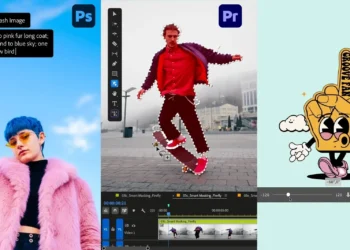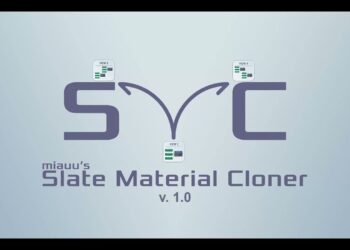Users are reporting that Isotropix, the developers of Clarisse iFX, has announced a significant pivot in their business strategy. According to emails shared by users, the company will discontinue the development of all its products, including Clarisse and CNode.
In an email shared on Reddit, Isotropix has assured its customers that it will fulfill its maintenance obligations to assist them in transitioning to another solution. The company also announced that it will offer prorated refunds to those who wish to end their maintenance early.
Despite the discontinuation of their products, Isotropix has promised to continue providing support through its Bug Tracker system, available in user accounts. For those in the future looking to transfer their Clarisse 5.0 license to a new computer, the process involves copying the license file and tying the EULA to the new computer. However, the transferred license will only be recognised on the latest version of Clarisse available on the company’s website.
The Isotropix website is currently in maintenance mode and there’s been no official announcement. We’ll update this article when more information becomes available









That sounds like DNEG’s lighting pipeline moving away from Clarisse had a major impact
If you are unable to update your render engine others bypass you.
i purchased 1.0, was blowing away by the fact that I could interactively manipulate 2 billion polly meshes with ease, had high hopes for Clarisse. there goes $1500
i purchased 1.0, was blown away by the fact that I could interactively manipulate 2 billion polly meshes with ease, had high hopes for Clarisse. there goes $1500
Not surprising at all. They’ve always had their one killer feature – good handling of complex, unoptimized scenes, but that was it. Clarisse always lacked polish and technology level in pretty much all aspects. Usability, renderer quality, renderer performance, and so on. One could assemble and render huge scenes, but had to give up too many things in return.
It was very frustrating to have scene assembly and rendering software which you could use only for certain types of scenes, because it was painfully failing in others (indirectly lit interiors mainly).
Keeping different versions of assets for different DCCs and renderers within one pipeline was just too much friction.